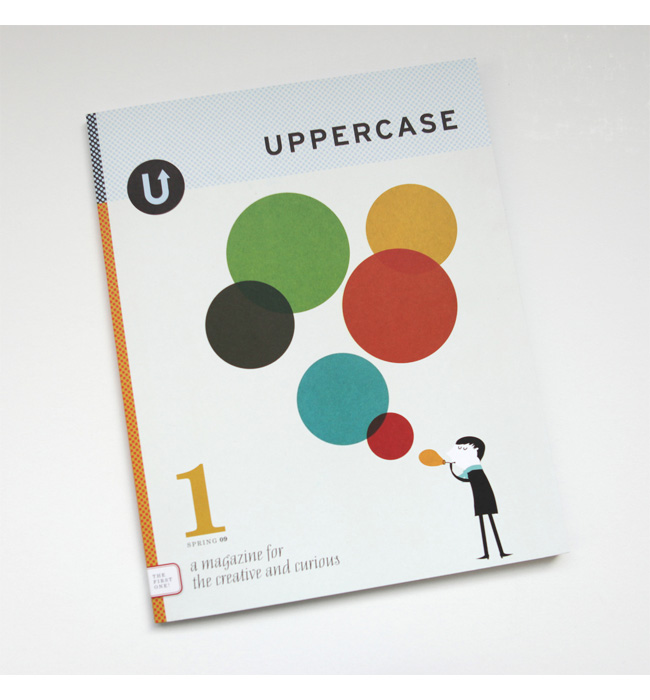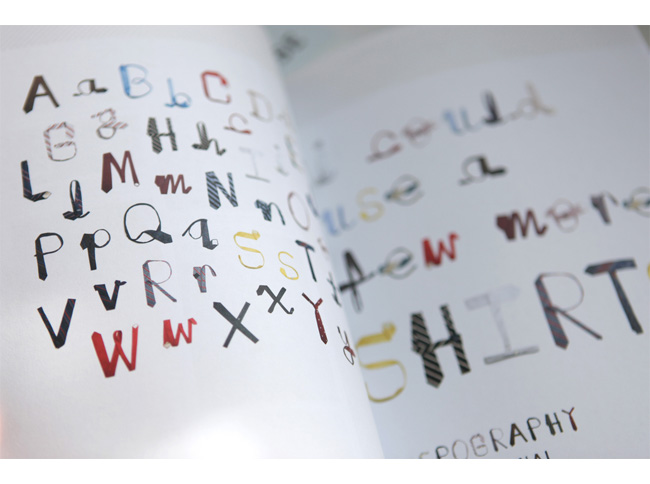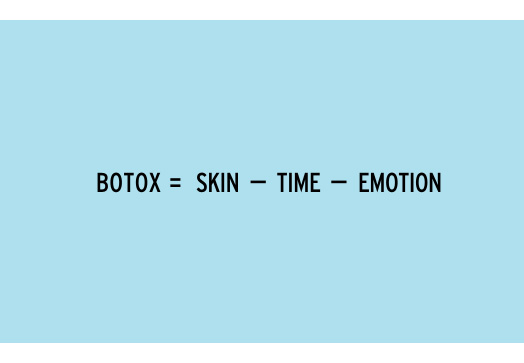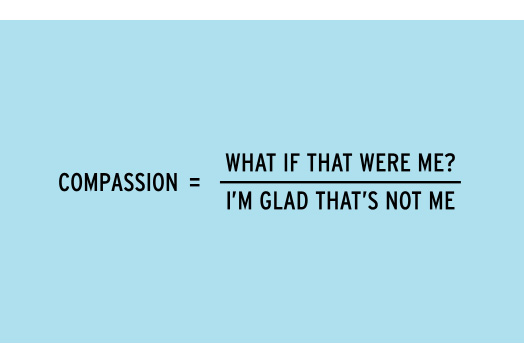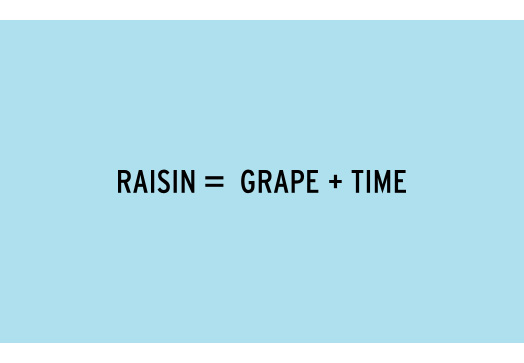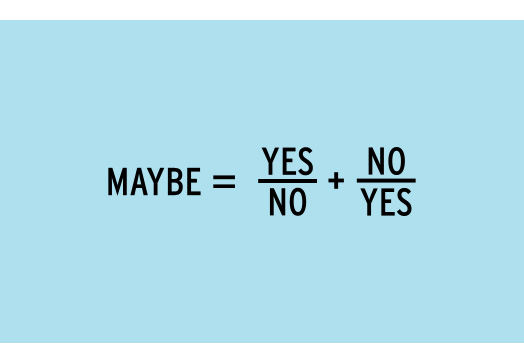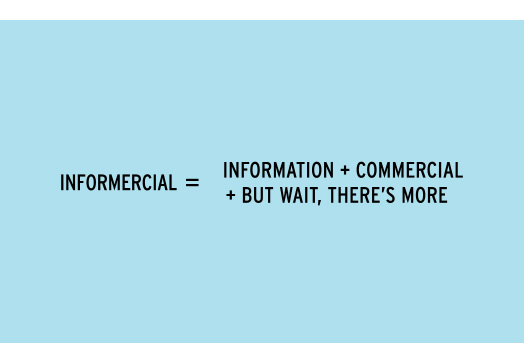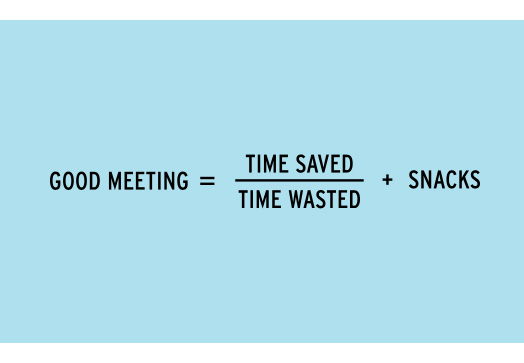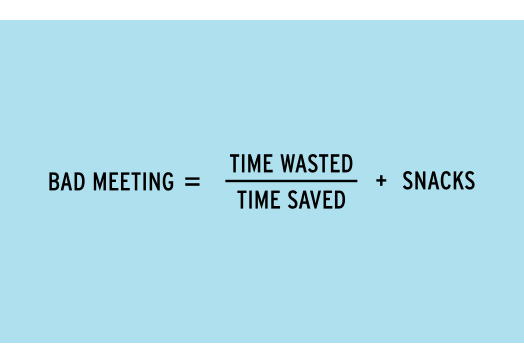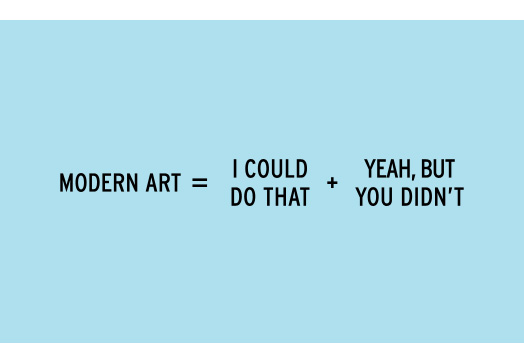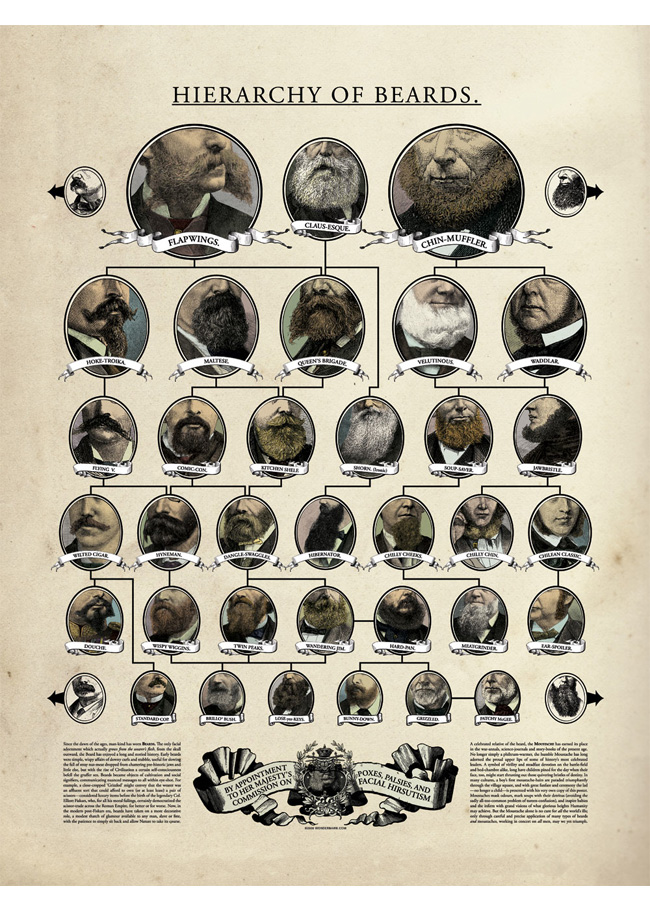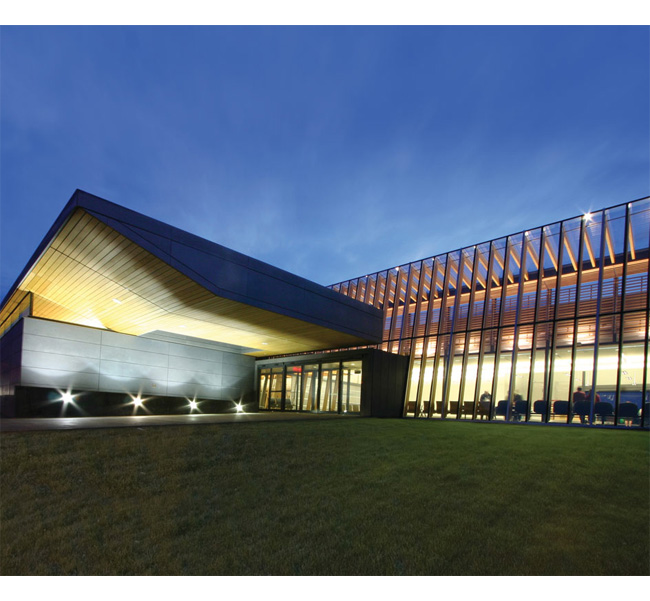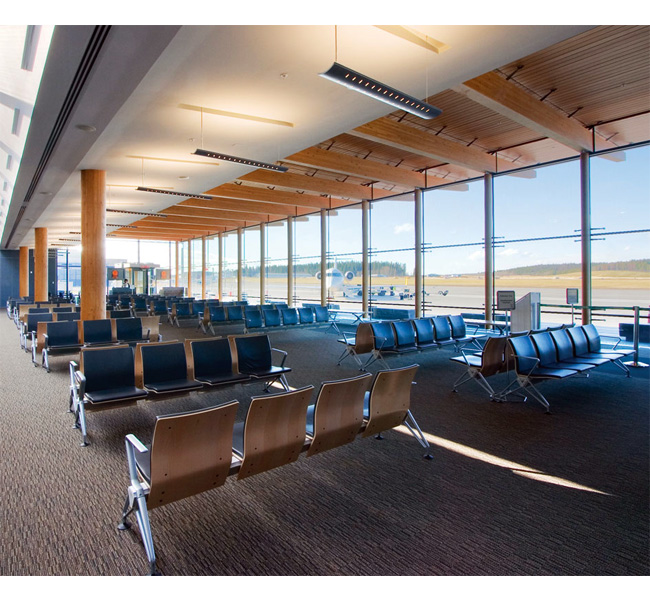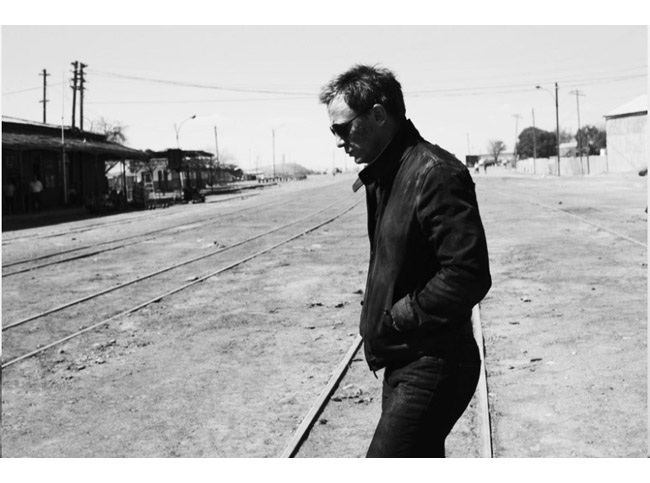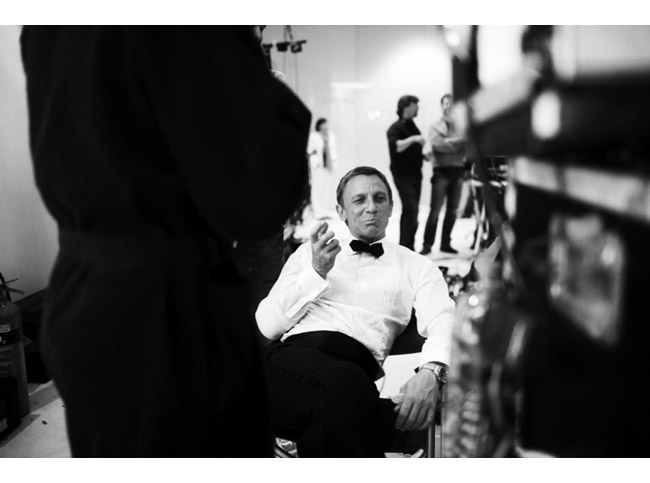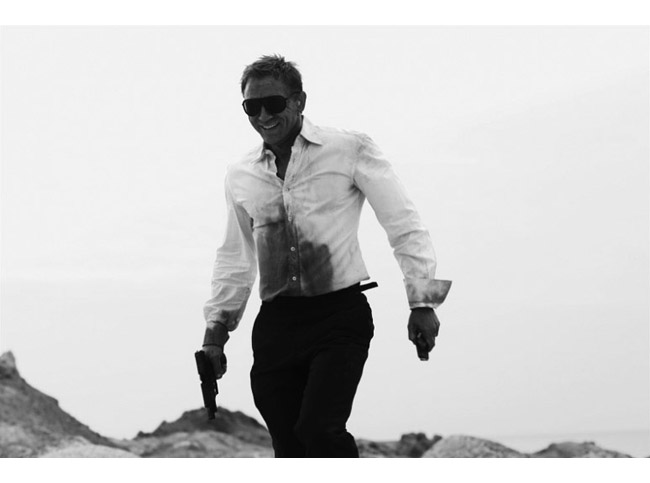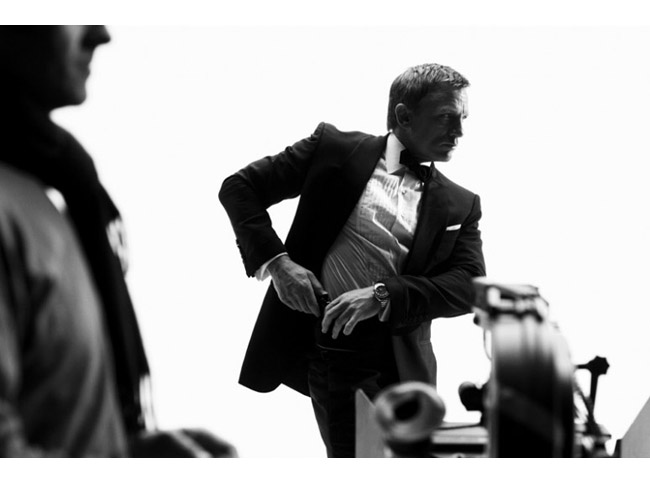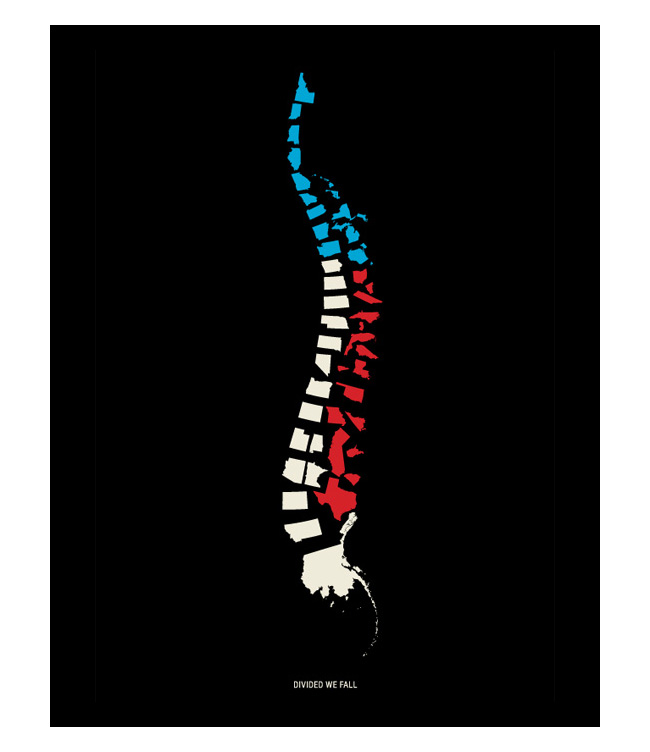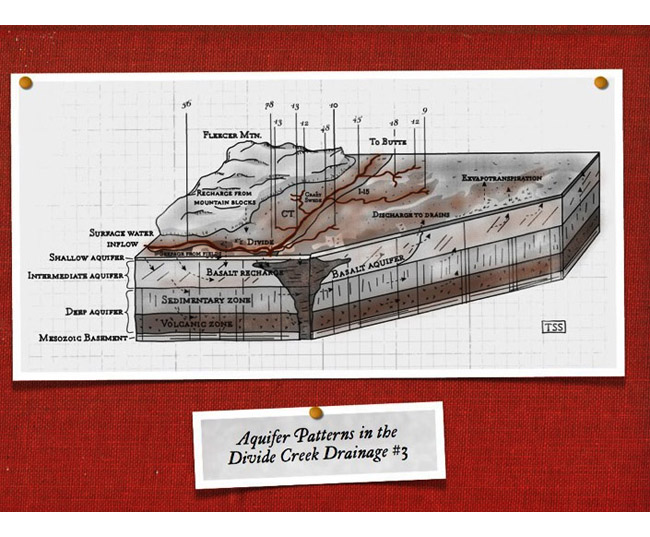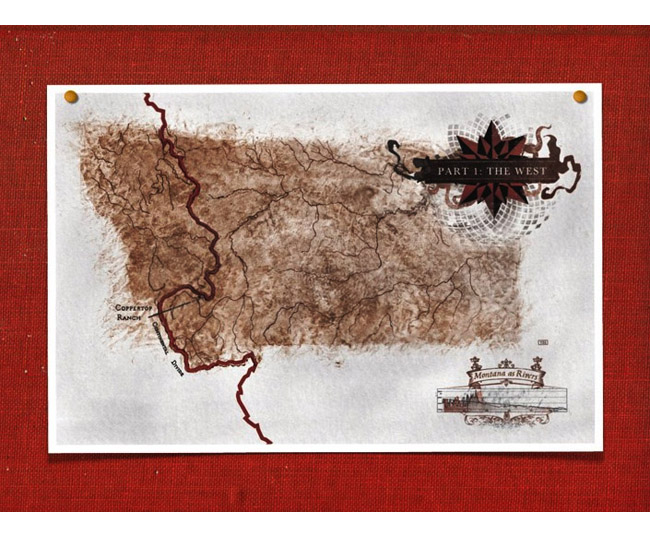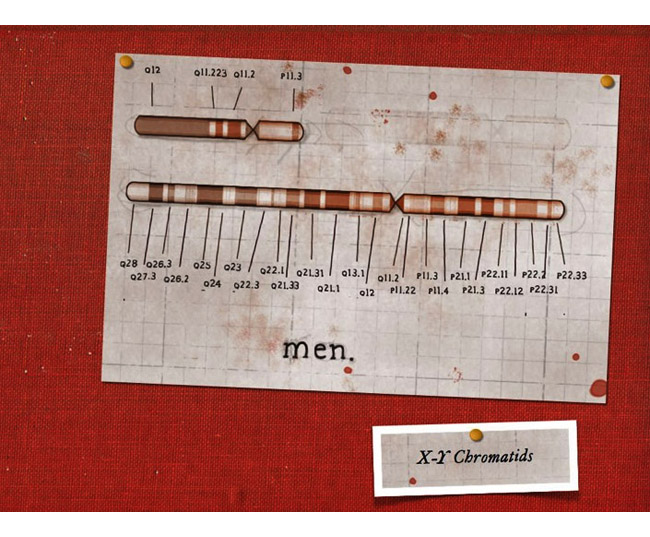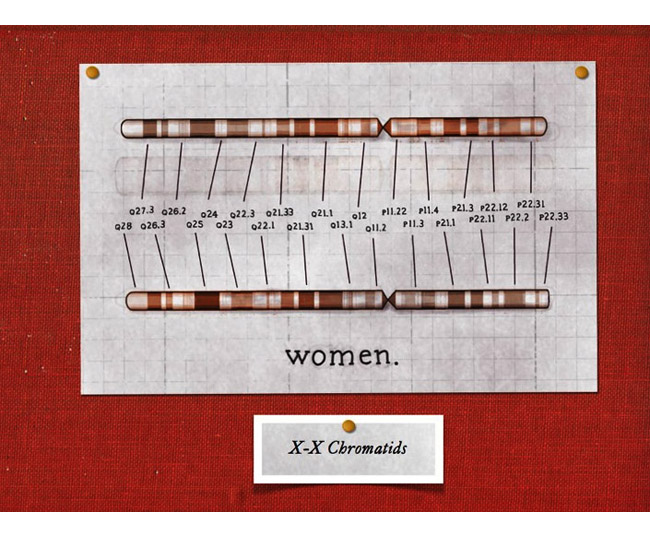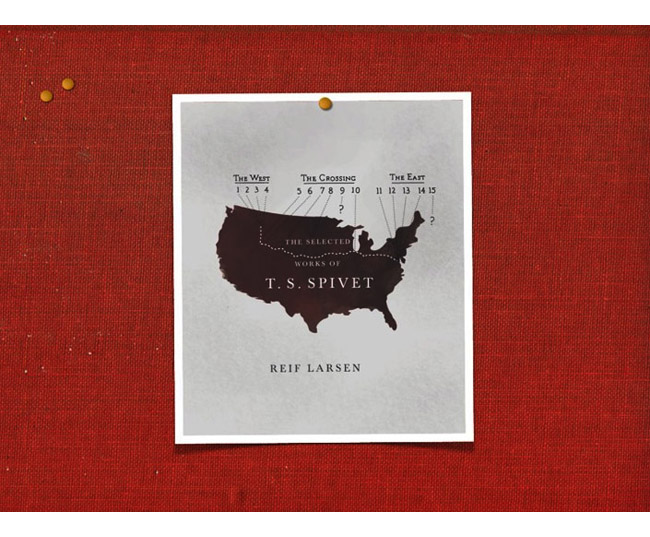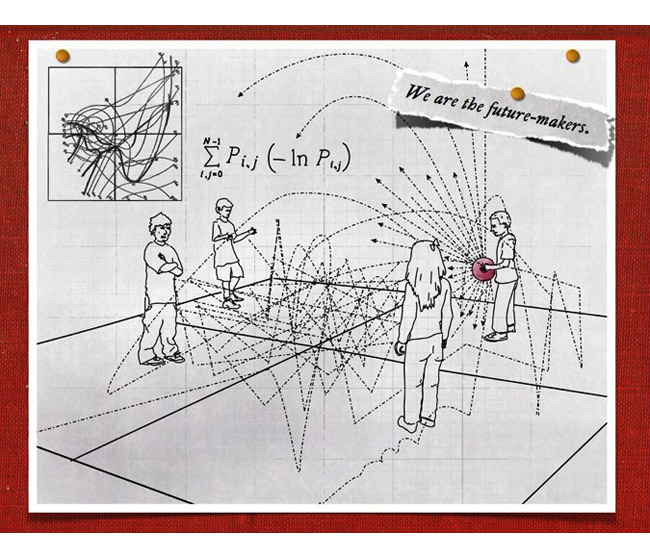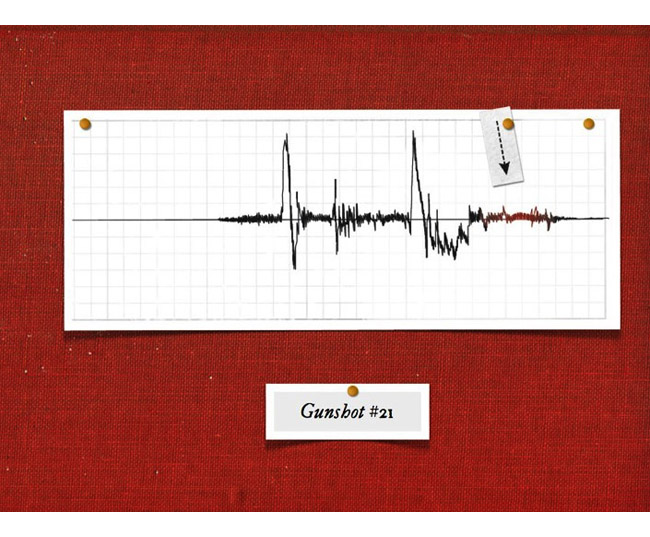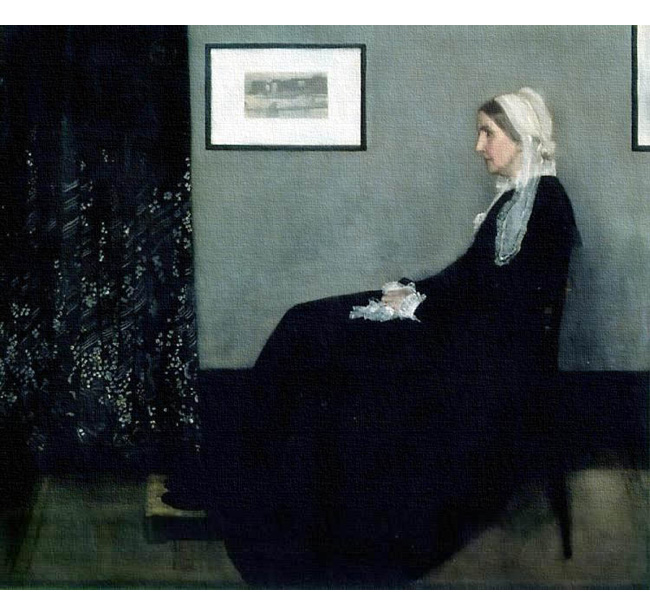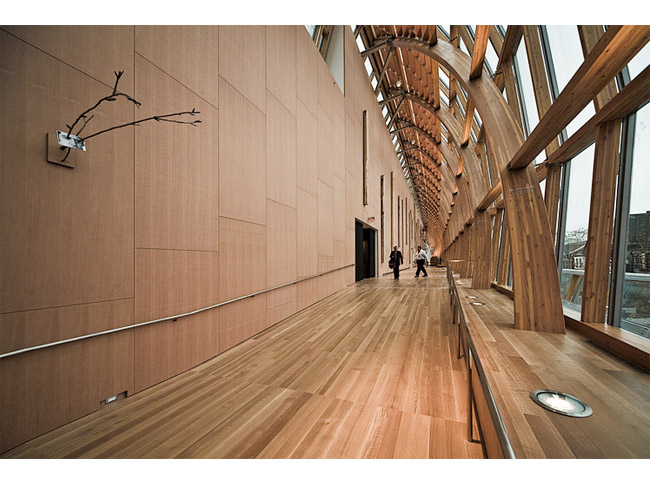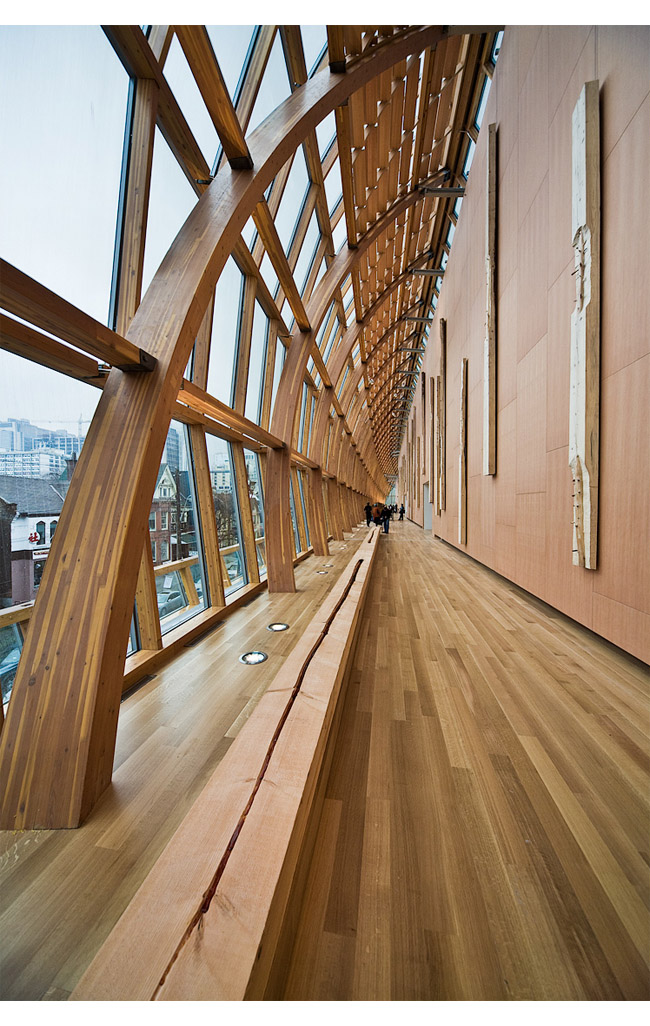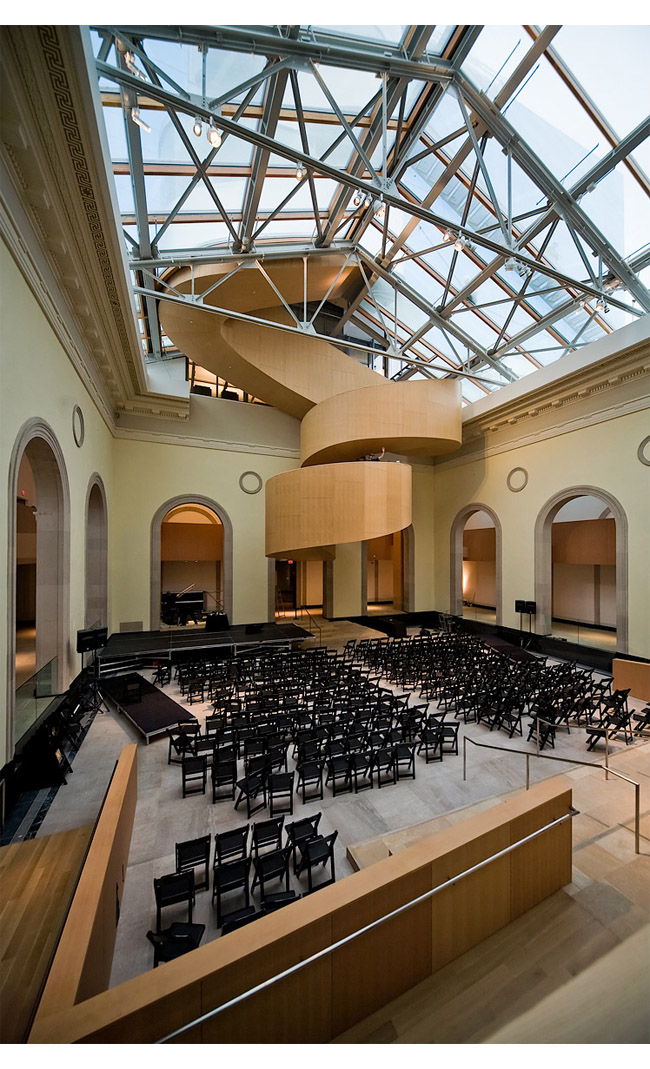My parents are advancing in age. Just a few years ago, they looked to be in their 50’s, but it is amazing what tiny lines can do collectively to age a person, with the aid of gravity - they look their age now. And in a few years’ time, they will have entered their 70’s. I do not know how much time I have left with them; I try not to think about it. But the thought haunts me. I rue the day when I am genuinely left to fend for my own good - without that glimmer of hope of running back to the warm embrace of my parents. I do not know if I can ever come to terms with the inevitability of their death, but I suppose that is a reality that I - nay everyone - will be violently coerced to contend with.
It is precisely this reason that led me to admire the courage Phil Toledano showed in putting together a tributary series of his father, titled “Days with My Father”:
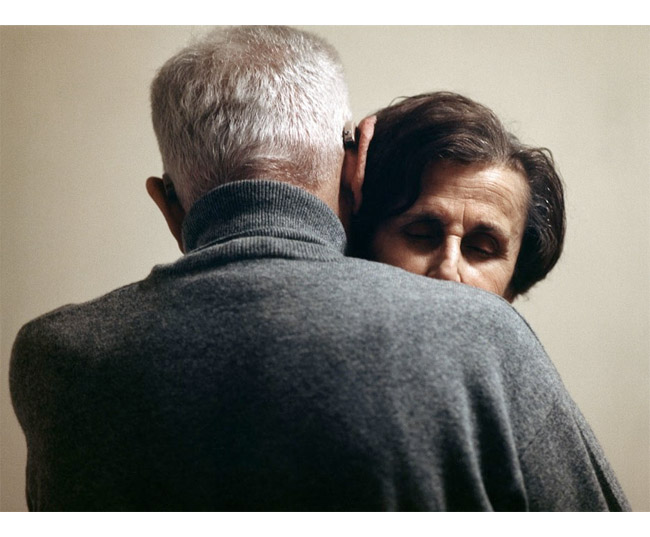
“My mother died suddenly on September 4th, 2006… I took him to my mother’s funeral, and to the burial, but when we got home, he’d ask me every 15 minutes where my mother was. I’d explain carefully that she had died, and we’d been to her funeral. This was shocking new to him. Why had no one told him? Why hadn’t I taken him to the funeral? I realised I couldn’t keep telling him that his wife had died. He didn’t remember, and it was killing both of us, to relive her death constantly. I decided to tell him she’d gone to Paris, to take care of her sick brother.”
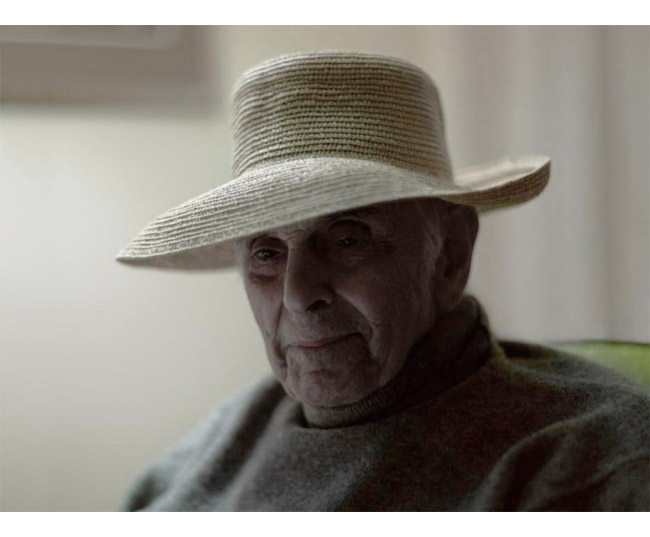
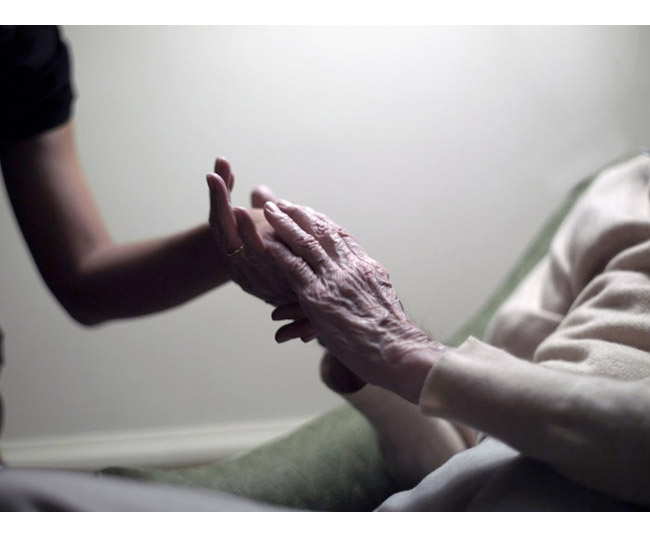
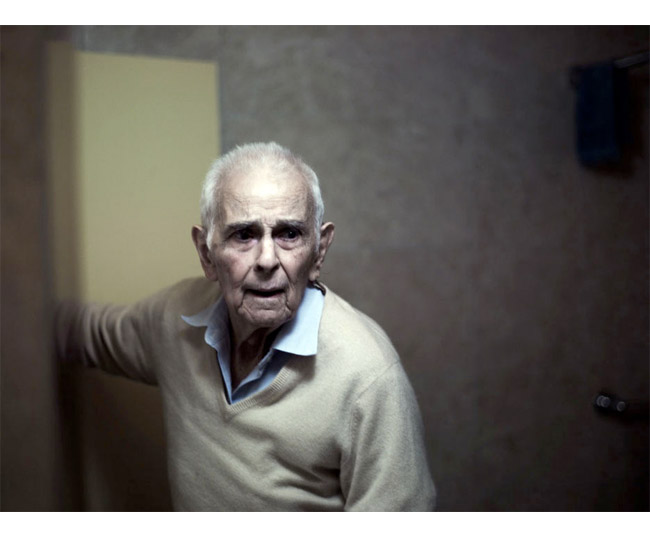
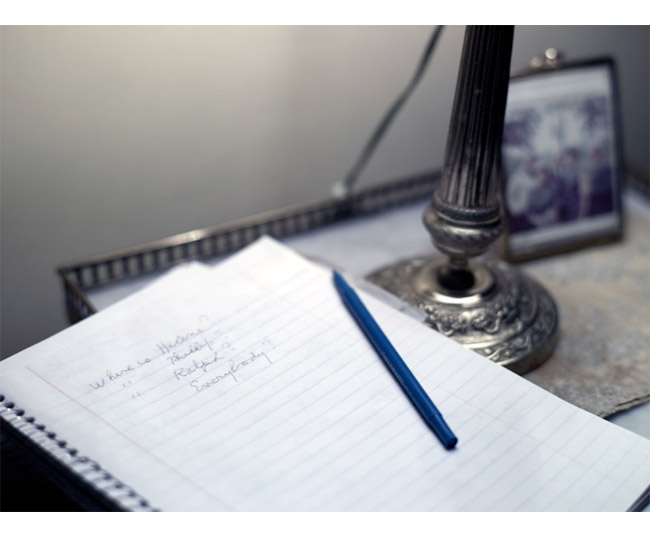
“I find these scraps of writing all over the house… they are a glimpse into his mind, the disquiet he tries to hide from me. ‘Where is everyone? What’s going on?’ How lost he feels.”
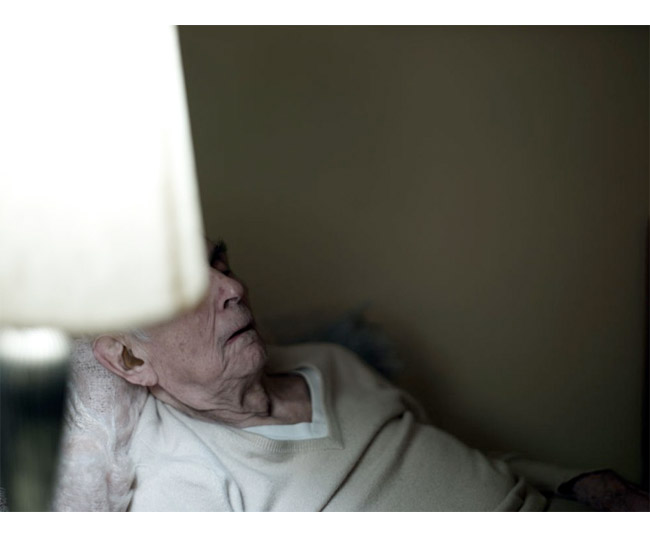

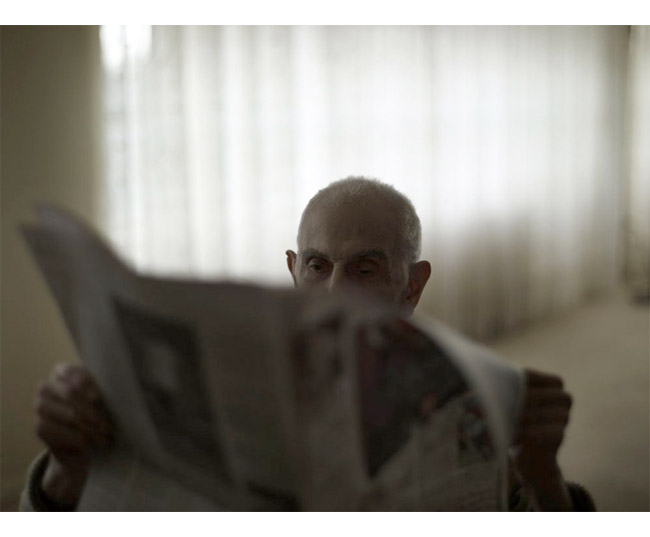
“I love moment like these. For just a few minutes, everything almost feels normal again. My mum isn’t dead, and we’re not pretending she’s gone to Paris. She’s popped out to the store, and she’ll be back shortly. How sweet that would be.”
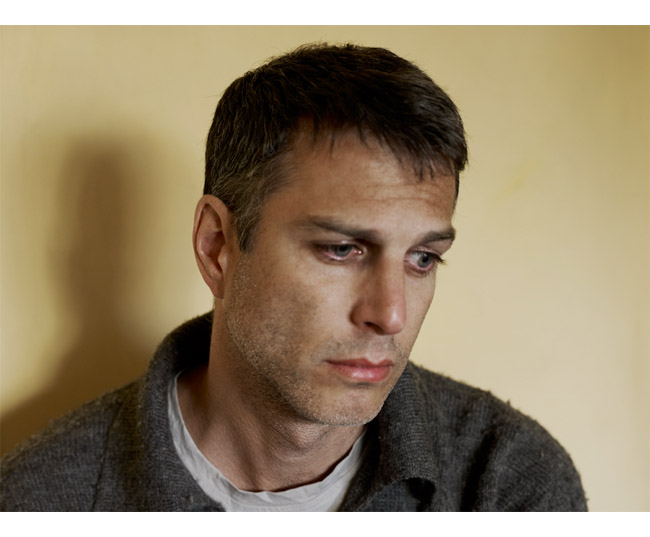
“My dad died yesterday. I spent the whole night with him, holding his hand, and he died in his bed, at home. For the last three years, I’ve been waiting. Terrified that he would die when I was away. I didn’t want him to go on his own, surrounded by strangers, or plugged into machines. I’m so very grateful for the way it happened.”
“I feel lucky to have had these last three years. To have left nothing unsaid. To know that we loved each other nakedly, without embarrassment… Now he’s gone to Paris, to meet my mother. I miss him so much.”
